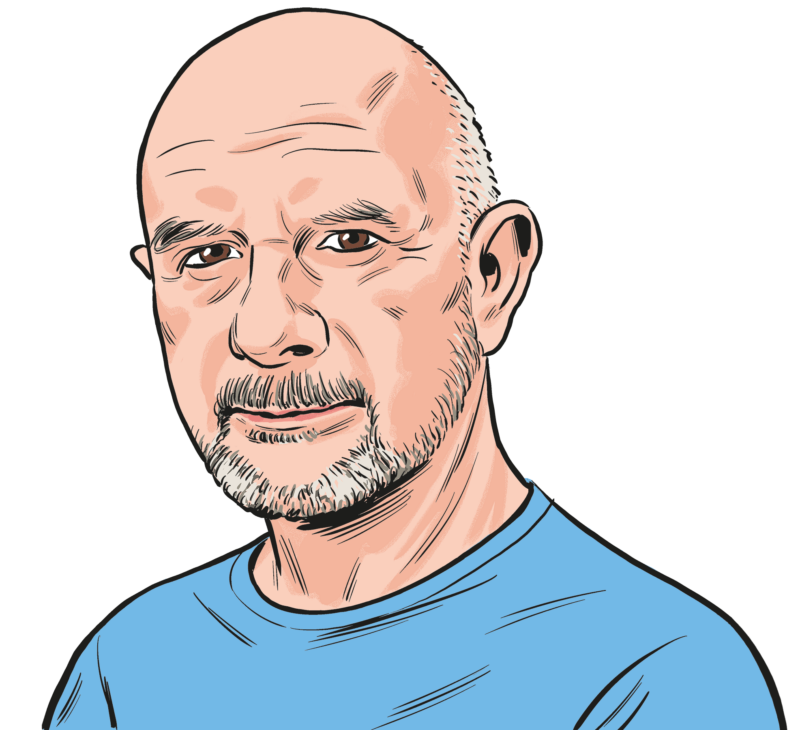Books Read:
- Dilla Time: The Life and Afterlife of J Dilla, the Hip-Hop Producer Who Reinvented Rhythm—Dan Charnas
- Music Is History—Questlove
- Ideas of Heaven: A Ring of Stories—Joan Silber
- The Kite Runner—Khaled Hosseini
You have reached your article limit
Sign up for a digital subscription and continue reading all new issues, plus our entire archives, for just $1.50/month.
Already a subscriber? Sign in






